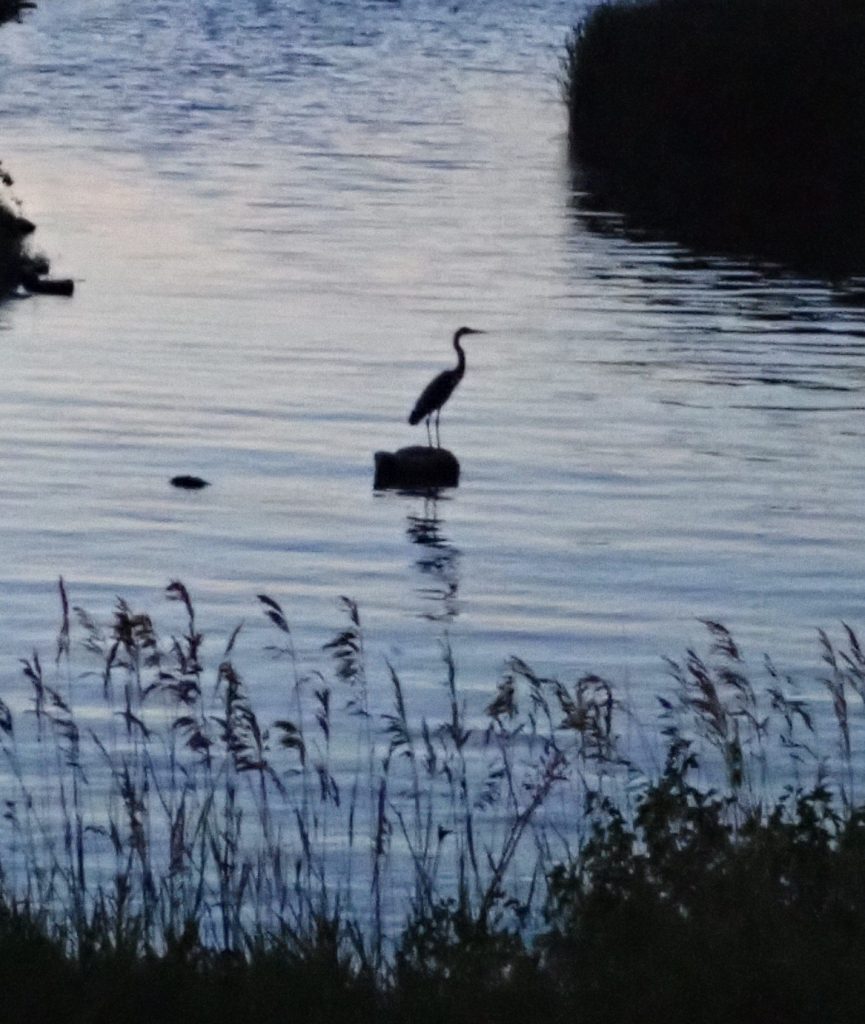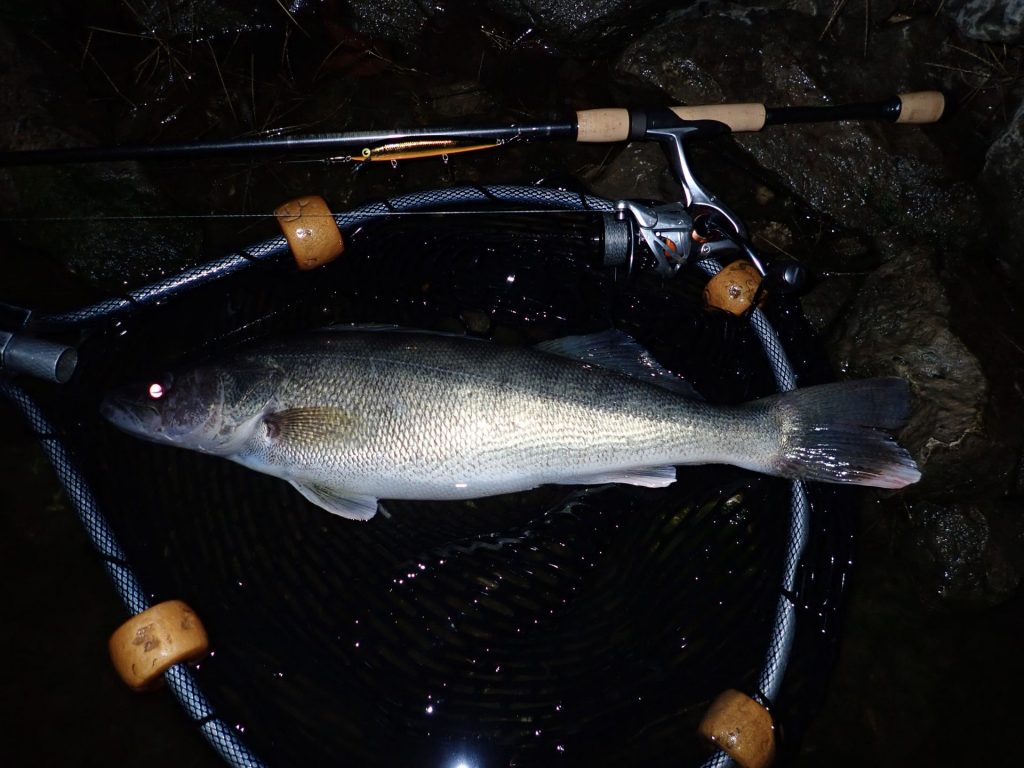You have probably heard it said that 10% of the water contains 90% of the fish. I do not know about the exact percentages, but on any given day it is certainly true that there will be a whole lot of water that simply does not contain the fish you want to catch. You cannot catch ’em where they ain’t. Successful fishing involves the ability to eliminate unproductive water and find fish, and the best anglers do that well.
How? Let me continue my rambling with a video:
Some excellent advice in that video; let me make some additional comments. . . .
If you own a boat and the latest electronics, those are a huge asset. Those tools will absolutely help you find fish faster. Take the time to learn how to use your electronics and get the most out of them!!!!! If you are still driving around with the little fish icons on your depth-finder, you ain’t!
A boat itself is a great tool for covering water! However, I am amazed at how little water many boat anglers fish. Refer back to my “Sheep” blog post from a couple of weeks ago. A lot of anglers simply fish where they see others fishing, or they camp on a spot where they fished before. For some reason, too many believe that if they just sit in one spot long enough, if they hold their mouth just right, that magically the fish will start biting. Remember, you cannot catch ’em where they ain’t, and usually the best strategy is to go find fish that will bite.
Some of you are thinking none of this applies to you because you do not own a boat.
BALONEY!
Most of the time, I am fishing without a boat. Covering water and finding fish is a major challenge no matter how you fish. By the way, the most useful tool any angler can use is the one between their ears! Yes, it is harder to cover water and find fish without a boat, but it can still be done. Boatless anglers just have to work a little harder at it. Nonetheless, if you are not catching fish, often it is because active, catchable fish are not there. Go find ’em!
I know the newest depthfinder cannot be employed by boatless anglers, but that does not mean that fish cannot be found without that technology. If you cannot look at a depthfinder to find fish, you have to find them in other ways! One of the most useful skills any outdoors person, any angler, can have is the ability to observe and interpret what is heard, seen, felt, even smelled and tasted. Start with map study and “boots on the ground” to identify likely spots. Then, fish ’em!
Being on the water with a line in the water is a great way to observe conditions and get a “feel” for what is going on beneath the surface. Using the right baits, tools, to check different depths and presentation speeds will tell you if catchable fish are present. In the event that fish are not being caught, yes, some fine-tuning of presentations may be in order. On the other hand, it likely is time to make a move, try another spot.
Decision-making plays a huge role in successful angling–“should I stay, or should I go?” The decision to “go” is not made nearly enough. It is easy to be lazy and settle in on a spot because fish were caught there before. The trick is knowing when to stay and when to go. As I said, with a boat, it is a lot easier to cover water, and the decision to “go” is a lot easier. However, the choice to “stay” will be the right decision in some cases.
When?
That depends on what you are observing and sometimes, an angler just has to play their hunches, “follow their gut”. I will be more likely to stay on a spot if I am seeing fish activity, baitfish and perhaps larger predator fish that I may be pursuing. Any place where there is an abundance of prey is a spot that deserves more time or perhaps deserves more effort at another time. Are there other predators around? I am always watching what fish-eating birds are doing and more than once they have lead me to a hot bite.
Timing plays a huge part. I have paraphrased a quote from a good stick I know who said he would rather spend an hour on a spot at the right time than spend days there at the wrong time. What is the “right time”? That is hard to say, but weather conditions play a huge role. Sometimes the weather and especially wind conditions just ain’t right for a particular spot. Come back later. “Prime times” often are dusk and dawn, perhaps after dark, or other conditions that reduce light penetration. If I believe I have identified a high percentage spot and a “prime time” is coming soon, the best decision may be to stay and wait for it rather than to be moving, searching, during “prime time”.
Confidence plays a big part. You have to have confidence in your ability to find fish and catch them. The fish will tell you. The more confidence you have, the more often you will make the right decisions. The more often your “gut feelings” will pay off. I can tell you of new spots I discovered that did not produce the first or second or even third time I fished them, but I knew they were right. I knew at the right time they would produce, and there was great satisfaction when they did!
Problem is the only way I know to gain confidence is to spend more time on the water. The more fish you catch, the more confident you will become, and the more confident, the more fish you will catch, and the more often make the right decision on “how long”?
The post How Long? appeared first on Nebraskaland Magazine.

















